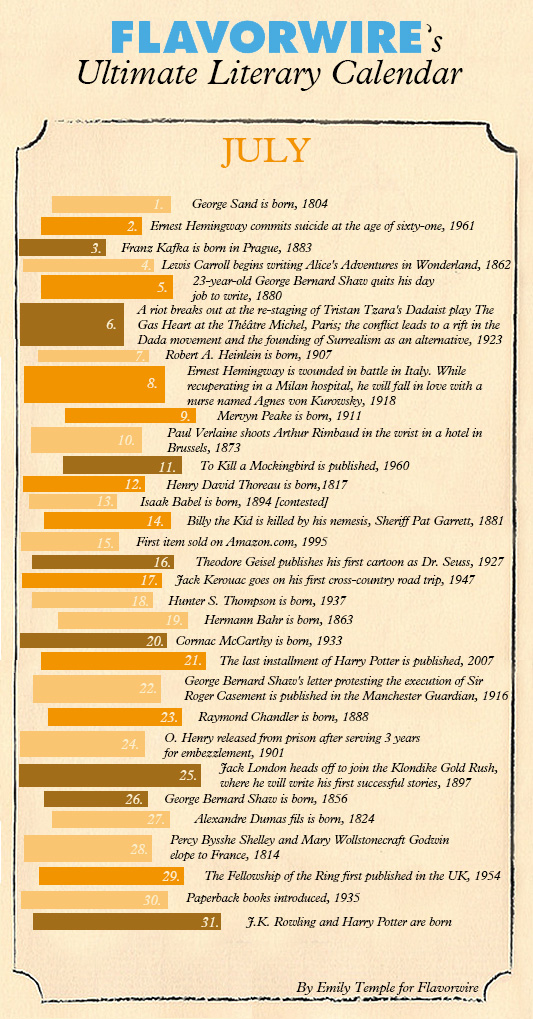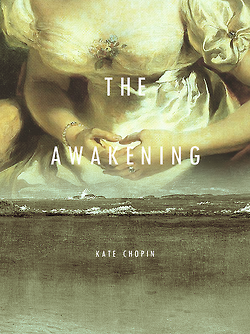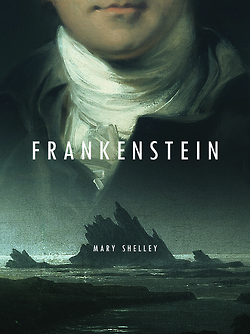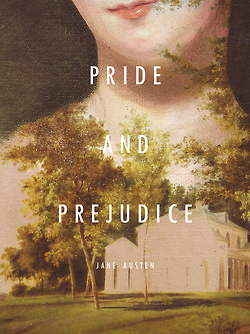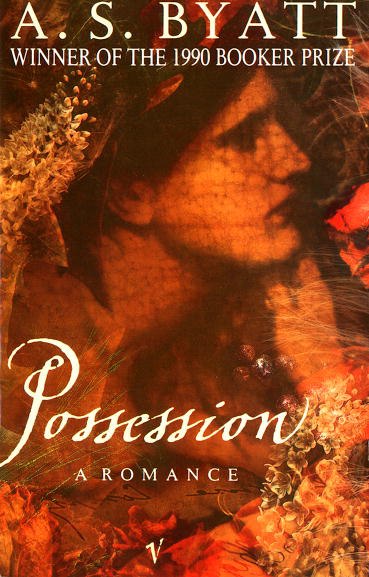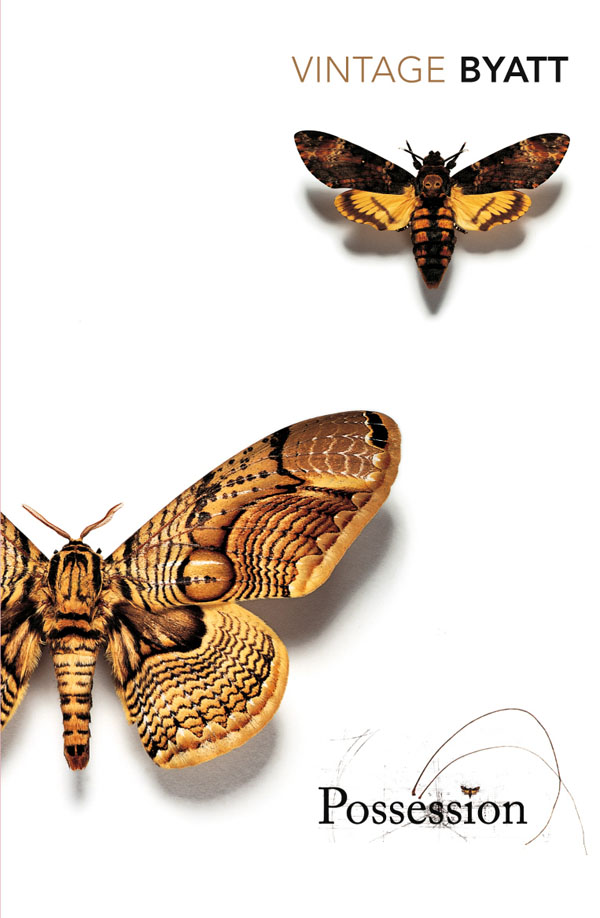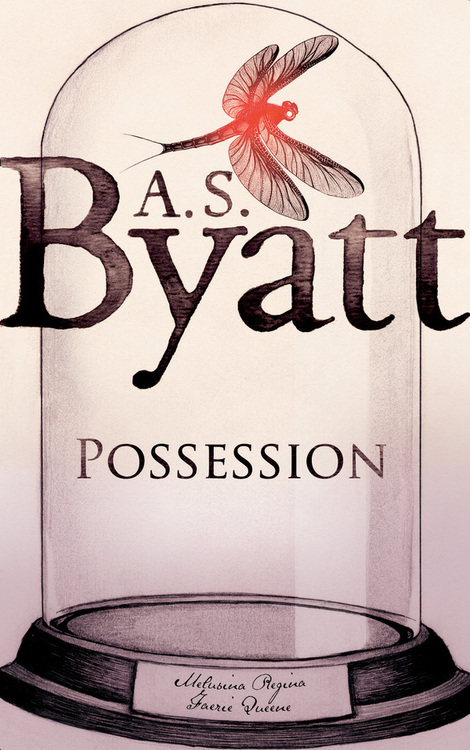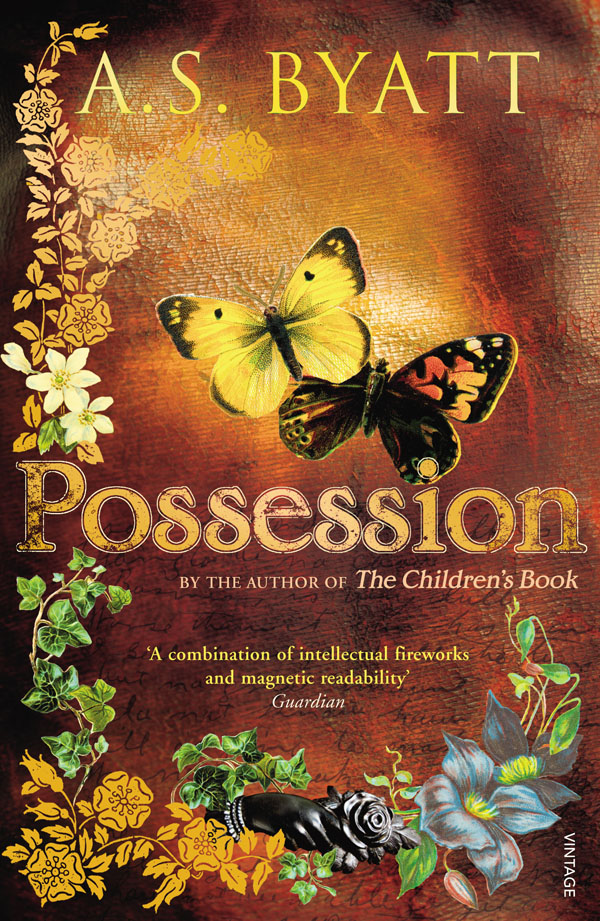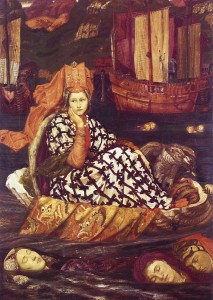Today is a magpie’s nest of book links!
♦ SHELF BY SHELF.
I need more bookshelves, stat! Like the floor-to-ceiling kind. Like yesterday. Like these fine examples right here:

photo by srk1941 | via Book Mania!

Source: agardenofforkingpaths | Via Share Your Shelf

Source: agardenofforkingpaths | Via Share Your Shelf
And this old favorite:

Source: agardenofforkingpaths | Via Share Your Shelf
◊ ULTIMATE LITERARY CALENDAR.
Flavorwire’s Ultimate Literary Calendar, designed by Emily Temple, is perpetually great (see what I did there?). Here’s July:
♦ ELVIS READS.
Love this picture of Elvis Presley skimming magazines:
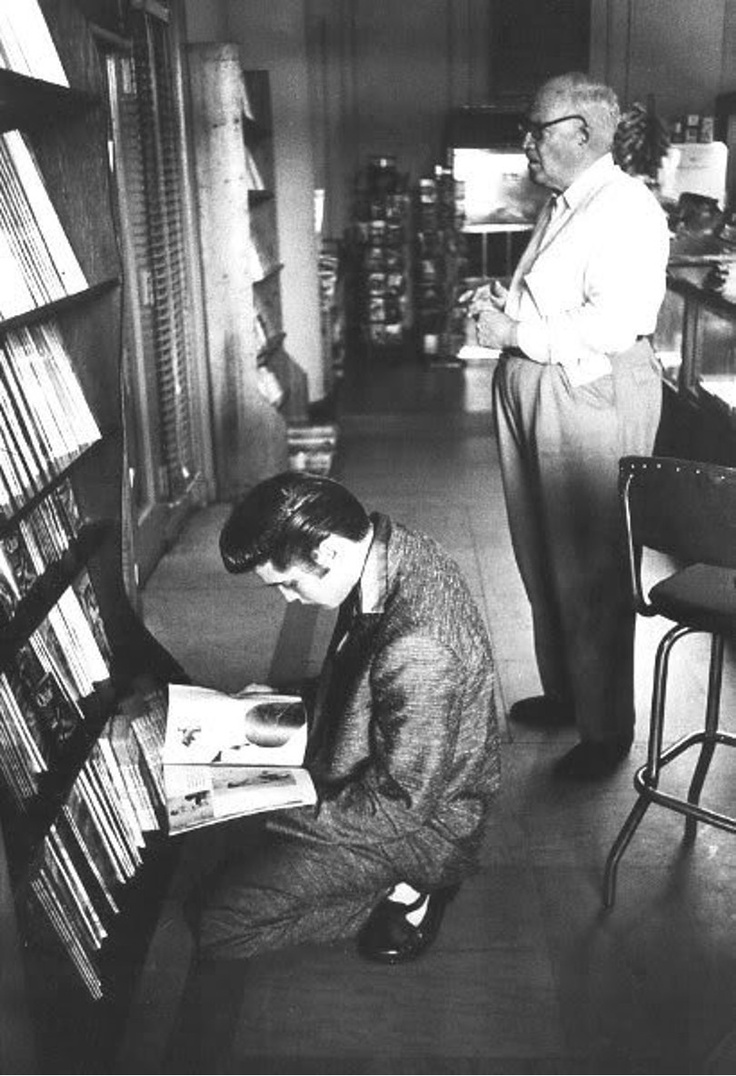
Elvis reads, courtesy of Awesome People Reading
♦ CARD CATALOGS.
I love all 10 of these fun uses for old card catalogs (well, except maybe the last, and only because of allergies—it’s punnily adorable, though). If anyone has an old card catalog just hanging around, I’ll take it!
◊ COVER TO COVER.
Some cover art that caught my eye:

Source: Awesome Book Covers
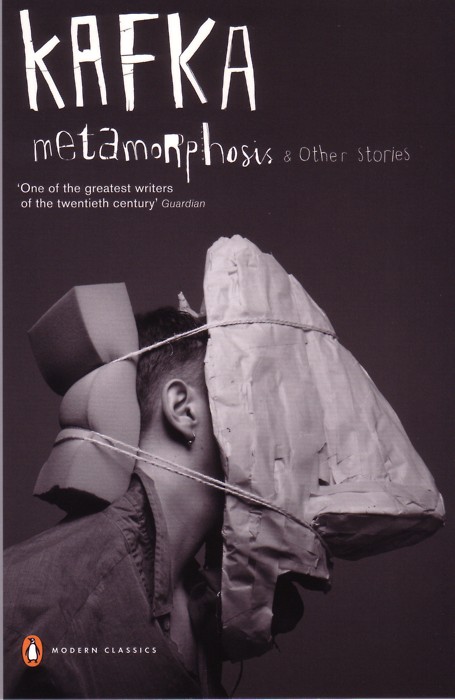
Source: Book Mania!
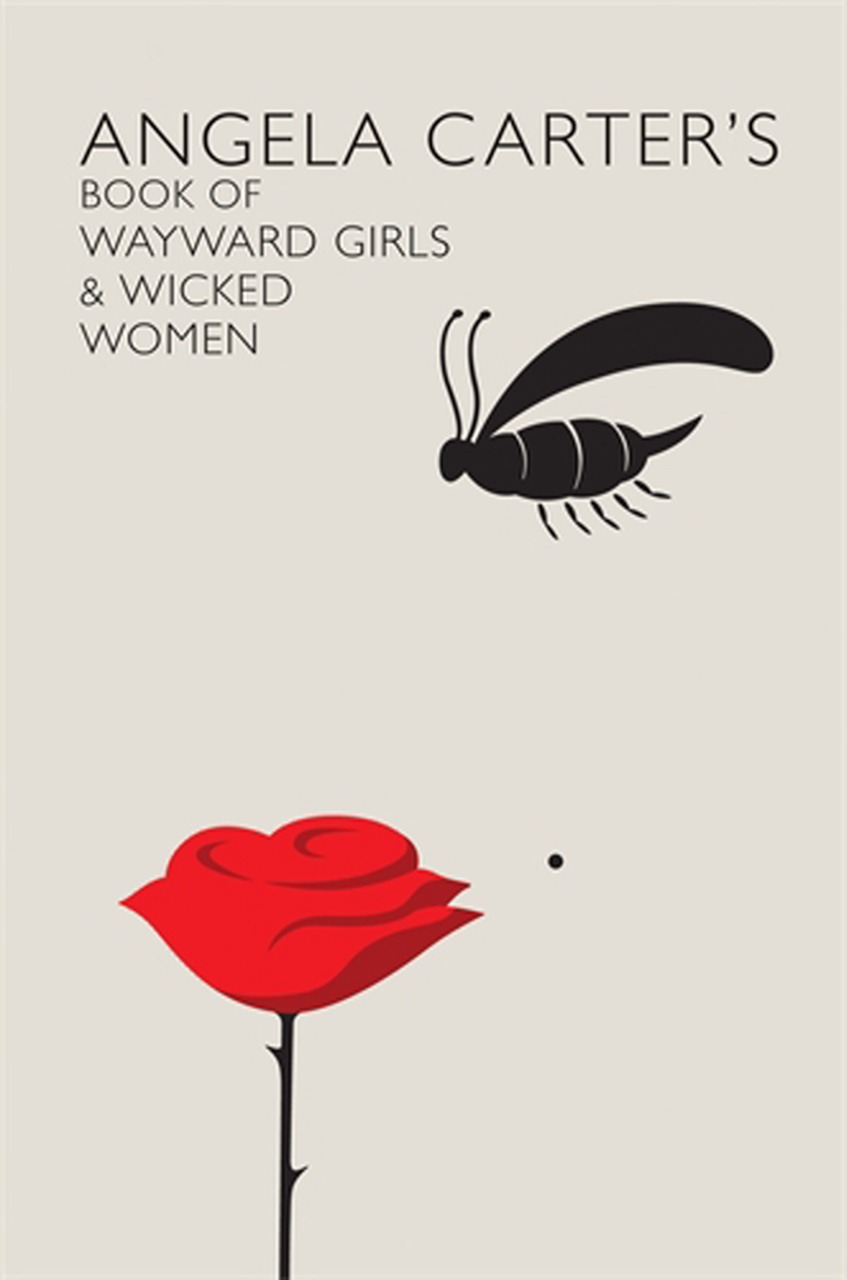
Very clever—I see what you did there, book designer | Source: Awesome Book Covers

Cover art by Kazu Kibuishi | Source: The Beat
♦ BOOK ART.
Stag Folklore, an artist book by Naomi Shiek, is amazing example of papercutting she did for her thesis project. Below I’ve included one picture from the book and the book sleeve as well. Fantastic! Click any of the links for more images. Via.
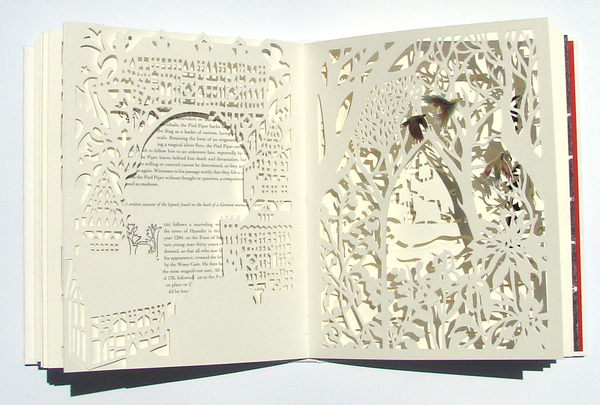
Stag Folklore by Naomi Shiek
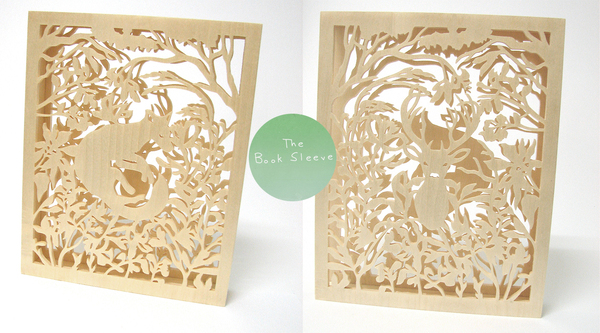
Book sleeve for Stag Folklore by Naomi Shiek
♦ CELEBRATING 19TH-CENTURY WOMEN WRITERS.
Oh! how I wish these book covers by sweettasteofbitter were not simply fakes (via). I hold them in the deepest and most sincere admiration, I do, and I would have them all in my Library, yes, yes, I would, but especially these:
◊ BOOKFESSIONS.
♦ POSSESSION: A ROMANCE OF COVER ART.
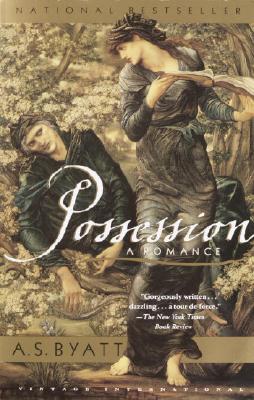 One of the things that interests me about book covers is how very different they can be for different editions of the same book. Take the covers of A.S. Byatt‘s Possession (one of my favorite novels), for example. At left is the cover I’m most familiar with as it was the cover of the first U.S. hardcover and paperback editions (with minor variations), and the first edition I read. The image used is from an Edward Burne-Jones painting, The Beguiling of Merlin (1872-1877)—you can see a larger version with truer colors here. Merlin seemed perfectly appropriate since a good portion of the novel is about the 19th century, and one of the contemporary characters studies a 19th-century poet who often writes about supernatural/fairy themes.
One of the things that interests me about book covers is how very different they can be for different editions of the same book. Take the covers of A.S. Byatt‘s Possession (one of my favorite novels), for example. At left is the cover I’m most familiar with as it was the cover of the first U.S. hardcover and paperback editions (with minor variations), and the first edition I read. The image used is from an Edward Burne-Jones painting, The Beguiling of Merlin (1872-1877)—you can see a larger version with truer colors here. Merlin seemed perfectly appropriate since a good portion of the novel is about the 19th century, and one of the contemporary characters studies a 19th-century poet who often writes about supernatural/fairy themes.
Another cover for Possession also uses a detail from an older painting, and I know I’ve seen it before, though I’ll be darned if I can sort out which one it is (I tried a Google image search of just the woman’s face but nada; if anyone has any suggestions or knowledge, please let me know!). Based on some hunchwork, I’d say this cover is also from the ’90s; it ties in with a series of Byatt cover redesigns, all using similar paintings (a kind of branding).
The 21st anniversary edition in the UK looked like this, which is a fetching graphic cover but not nearly as illustrative as the ones previous:
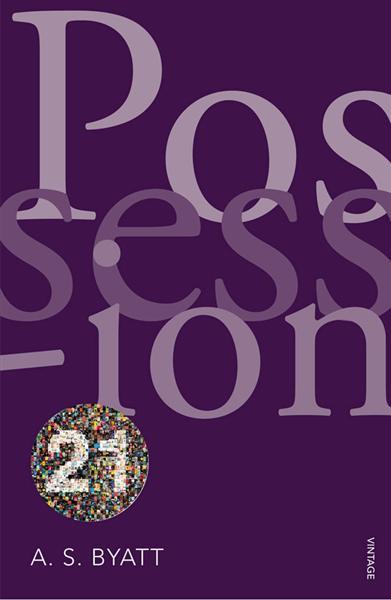 Then we have the butterflies (or, in one case, a dragonfly). This first cover is, I think, the Australian version. I thought the placement of “Vintage” and “Byatt” was very clever—publisher and author, but Possession is, of course, vintage Byatt.
Then we have the butterflies (or, in one case, a dragonfly). This first cover is, I think, the Australian version. I thought the placement of “Vintage” and “Byatt” was very clever—publisher and author, but Possession is, of course, vintage Byatt.
This version is from the UK; I like that it’s clearly a drawing rather than a painting or photograph—something one might expect to see in a Victorian naturalist’s journal:
One might ask, why all the butterflies? I have some thoughts. First, in Possession, Christabel, one of the Victorian poets, writes “Metamorphosis,” a poem about a butterfly. One might think that a small bit to base a cover on, but I suspect that these covers might come from Byatt’s frequent use of butterflies in her work in general, as in the novella “Morpho Eugenia” from Angels & Insects: Two Novellas (another book well worth reading). Miss Darcy’s Library says in her review of Possession:
When one seeks to understand Victorian society, it quickly becomes obvious the turning-point was the publication of Darwin’s Origin of the Species. Mentioned only once or twice by Byatt, it is nevertheless at the root of her reflection on the Victorian era. Its most immediate consequence was the birth of the amateur naturalist, complete with his butterfly net and his specimen boxes, but Byatt also shows how it led to a crisis of faith and to a deeper questioning of Man’s identity (still valid in the twentieth century, where Roland, Maud, their colleagues Professors Blackadder and Cropper, and through them, all biographers and critics, run the risk of losing themselves in the study of their subjects).
And Nicholas Shakespeare said, in a New York Times article written by Mira Stout shortly after the publication of Possession, that Byatt herself “is like a passionate butterfly collector showing you her collection.” This last image is, I believe, the most recent UK edition, which I gather only because Byatt’s most recent novel, The Children’s Hour, is referenced on the cover:

